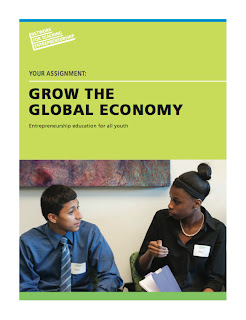I feel very lucky to have had a brief tour of duty in the chemical industry--not a business sector I would have sought out. Over the time I met and worked with scientists, technicians, engineers and operators, I grew an immense respect for people who were doing something really difficult and more than a little risky.
One thing I quickly learned was that the same spectrum of opinions on chemical use and the environment that you find in the wider world also ran through the ranks and functions of the company. Some just wanted to make their salary and go home, damn the consequences; others wanted to use their contribution to make the whole chemical supply chain more sustainable. Others were conflicted, every day, about the unknowable impact of their actions.
Interestingly, at the major plant site for the company, there was some of the most enthusiasm for the business where there was arguably the greatest risk; in fact, areas at the site had designated a Superfund site for long-term remediation from prior activities. Given the size of the facility and the throughput of ingredients and product in and out of its gates, the site had a stunning safety record. Engineers and operators alike were generally proud of the place and of the successful commitment to continuous improvement.
On one occasion, Greenpeace came calling. Over the years, a small town had grown up right around the plant, an oasis of economic opportunity in a marginal rural territory. Greenpeace was banking on the belief that families and residents closest to the plant would be the most discomfited and distressed with the plant's existence and operations.
It sort of backfired. Greenpeace could not organize an opposition to the facility among its neighbors, most of whom were or were related to plant employees. And it wasn't just because people were guarding their feedbag; they also felt patronized by outsiders suggesting they didn't understand what they saw as a manageable, net-positive risk/reward calculation.
That calculation had been informed by, among other things, years and years of ongoing communication between the plant and the community, formal and informal, some in words and some in actions. The communicators at the plant knew--and taught me--that you could only tell the truth to people and not try to blow rainbows at them or deny the risks. There was no meaningful barrier between internal and external communication in such an environment. People were willing to defend the parts of a business they felt were worth defending.
Employees with deep knowledge of the business are its best brand ambassadors and advocates and trusted spokespeople. When communication with them is respectful, fair and substantive, they'll return the respect in serving as appropriate champions for the business. By the way, I'm personally respectful of Greenpeace, too, but no advocates or activists can make progress until they take the time to become as smart as the people they're advocating for.
People want to be proud of what they do. Does your employee communication get them there?
Image courtesy of supakitmod / FreeDigitalPhotos.net









